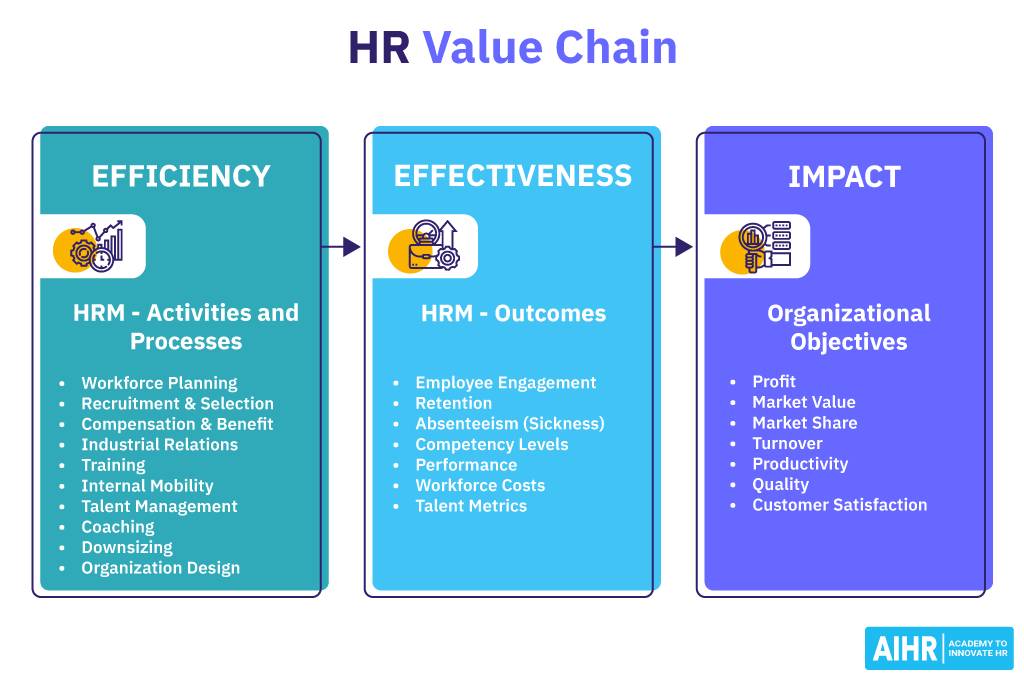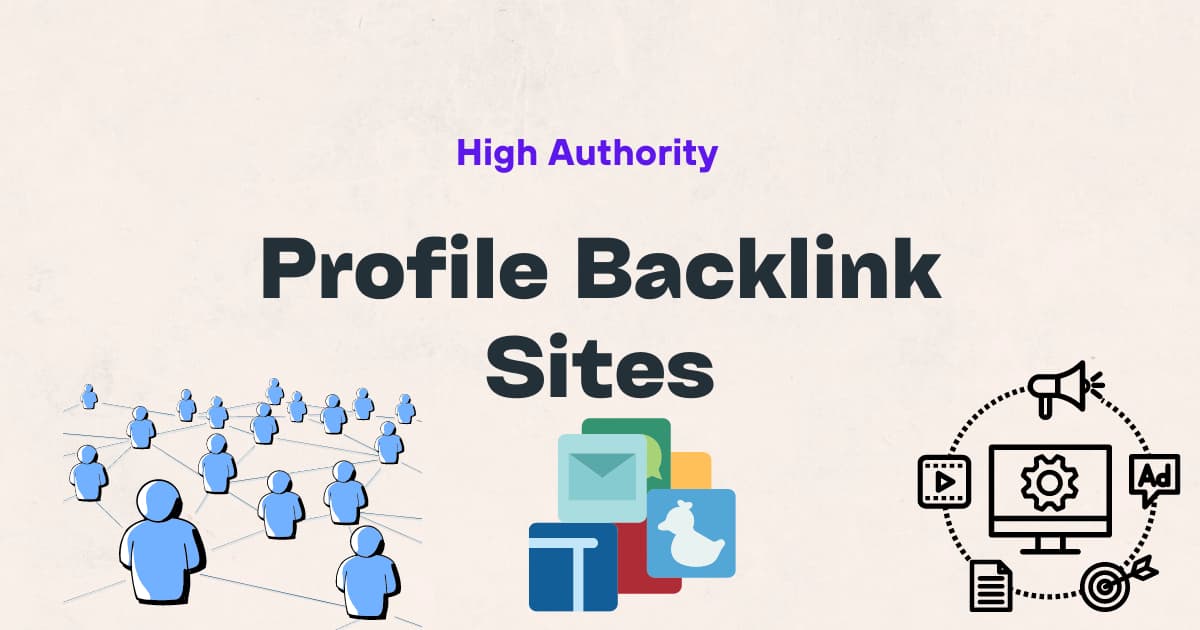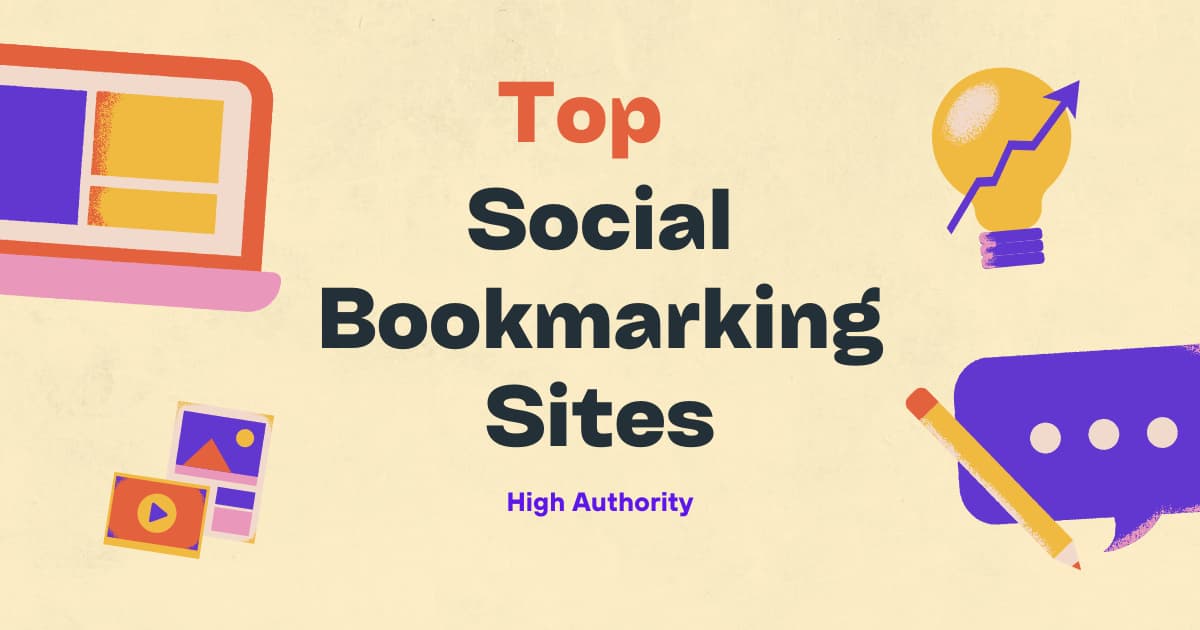Retention Marketing 3.0 is the latest evolution of strategies aimed at retaining and engaging customers by leveraging data-driven insights. It combines customer segmentation, personalized communication, and predictive analytics to drive customer loyalty and increase lifetime value.
In today’s highly competitive business landscape, where acquiring new customers can be costly and challenging, businesses are increasingly focusing on retaining existing customers and maximizing their value. Retention Marketing 3. 0 takes a holistic approach that goes beyond traditional customer retention strategies by harnessing the power of technology and data to deliver personalized experiences and build long-term relationships with customers.
By leveraging advanced analytics and real-time insights, businesses can identify patterns, preferences, and behaviors of their customers, enabling them to deliver targeted and relevant messages, offers, and experiences. This ultimately leads to higher customer engagement, increased loyalty, and improved business performance.

Evolution Of Retention Marketing
Explore the evolution of retention marketing into its 3. 0 version, focusing on customer loyalty and engagement strategies for long-term success in the digital age. Emphasizing personalized interactions, data-driven insights, and seamless customer experiences, Retention Marketing 3. 0 enables businesses to create lasting connections with their audience.
Traditional Retention Strategies
Retention marketing has come a long way in its evolution as businesses increasingly recognize the value of retaining existing customers. Traditional retention strategies focused on basic customer service and loyalty programs, aimed at keeping customers satisfied and encouraging repeat purchases. These strategies typically involved collecting and analyzing customer data, providing personalized offers, and implementing customer feedback systems. While these strategies served their purpose, businesses soon realized that they needed to up their retention game.
The Rise Of Retention Marketing 2.0
As technology advanced, so did the possibilities for retention marketing. The rise of digital marketing brought forth a new wave of strategies, aptly dubbed Retention Marketing 2.0. This phase saw the integration of data-driven tactics and automation, allowing businesses to take a more proactive and personalized approach to retain customers. Email marketing campaigns, personalized recommendation systems, and loyalty reward programs strengthened customer loyalty and engagement. However, in the ever-evolving landscape of digital marketing, a new era emerged – Retention Marketing 3.0.
Introduction To Retention Marketing 3.0
Retention Marketing 3.0 is the latest milestone in the evolution of customer retention strategies. As technology continues to advance at a rapid pace, businesses now have access to more sophisticated tools and techniques than ever before. This new phase of retention marketing focuses on fostering long-term, meaningful relationships with customers by combining data-driven insights with human-centric experiences.
- Retention Marketing 3.0 leverages AI and machine learning algorithms to analyze vast amounts of data, enabling businesses to better understand customer behaviors, preferences, and lifecycle stages.
- By utilizing predictive modeling, businesses can identify at-risk customers and proactively intervene with targeted retention campaigns.
- Personalization plays a critical role in Retention Marketing 3.0, with brands offering hyper-personalized recommendations, content, and experiences tailored to individual customers.
- Omni-channel marketing strategies enable businesses to engage with customers across multiple touchpoints, delivering consistent messaging and seamless experiences.
- Retention Marketing 3.0 emphasizes the importance of emotional connections by focusing on customer satisfaction, loyalty, and advocacy. Brands strive to create exceptional customer experiences that generate positive word-of-mouth and drive organic growth.
Overall, Retention Marketing 3.0 represents a paradigm shift in customer retention strategies. It goes beyond the transactional nature of earlier approaches and aims to create deep, lasting connections with customers. By leveraging advanced technology, data analytics, and personalized experiences, businesses can maximize customer lifetime value and fuel their growth in today’s highly competitive market.
Understanding Customer Lifetime Value (clv)
Discover the power of Customer Lifetime Value (CLV) in Retention Marketing 3. 0. Calculate CLV for effective customer retention strategies. Measure long-term customer value to boost revenue and loyalty. Understand the crucial role of CLV in maximizing marketing efforts.
Calculating Clv
“` Understanding and accurately calculating Customer Lifetime Value (CLV) is a critical aspect of retention marketing 3.0. CLV is a metric used to comprehend the total revenue a customer may bring to a business throughout their entire engagement. It’s imperative to calculate CLV accurately to make informed decisions regarding marketing strategies and customer acquisition costs. “`html
Importance Of Clv In Retention Marketing
“` The importance of CLV in retention marketing cannot be overstated. By understanding the value of each of your customers, you can focus on retaining the high-value ones and strategize on increasing the value of others. It allows businesses to prioritize their marketing efforts and allocate resources efficiently. “`html
Strategies To Increase Clv
“` There are various strategies to increase CLV that businesses can adopt. Providing personalized customer experiences, implementing loyalty programs, and offering additional services or products that complement the customer’s existing purchases can all contribute to boosting CLV. These approaches can lead to higher customer satisfaction and increased revenue in the long term. By focusing on calculating, understanding, and improving CLV, businesses can maximize the potential value of their customer base and drive sustainable growth.
Personalization And Segmentation
Personalization and segmentation are integral components of Retention Marketing 3.0, offering a tailored approach to engaging with customers. By understanding individual preferences and behaviors, businesses can create targeted communication and incentives, resulting in increased loyalty and customer lifetime value.
Tailoring Content And Offers
Tailoring content and offers to the specific needs and interests of customers is a key aspect of personalized retention marketing. By customizing the content and promotions that each customer receives, businesses can create a more engaging and relevant experience, increasing the likelihood of repeat purchases and brand advocacy.
Utilizing Data For Segmentation
Utilizing data for segmentation allows businesses to categorize customers based on their purchase history, demographics, and behavioral patterns. This enables the creation of targeted campaigns and personalized communication strategies that resonate with individual segments, driving improved customer retention and satisfaction.
Benefits Of Personalization In Retention
- Enhanced customer loyalty and engagement
- Improved conversion rates and sales
- Increased customer lifetime value
- Reduced churn and attrition
Omni-channel Approach
Retention Marketing 3. 0 emphasizes an Omni-Channel Approach, integrating various communication channels to engage with customers. By utilizing multiple touchpoints such as social media, email, and SMS, businesses can enhance customer loyalty and drive repeat purchases through personalized and consistent messaging.
This approach creates a seamless and cohesive customer experience across all platforms.
In today’s fast-paced digital landscape, businesses need to adopt an omni-channel approach to retain their customers and maximize their marketing efforts. This strategy involves integrating different channels, creating a seamless customer experience, and leveraging technology to create a cohesive and personalized journey for your target audience. Let’s take a closer look at these three key aspects of Retention Marketing 3.0.
Integration Of Different Channels
To effectively implement an omni-channel strategy, businesses must integrate various channels such as social media, email marketing, mobile apps, and offline touchpoints. This integration allows for consistent messaging and ensures that customers can seamlessly interact with your brand across multiple platforms. By reaching customers through their preferred channels, you can deliver tailored content that resonates with them and builds brand loyalty.
Creating Seamless Customer Experience
One of the main goals of an omni-channel approach is to provide customers with a seamless and consistent experience throughout their journey. This means that regardless of the channel they use to engage with your business, they should encounter a cohesive and personalized experience. By understanding customer preferences, behaviors, and purchase history, you can deliver relevant and timely messages that address their needs and desires. This level of personalization fosters a strong emotional connection with your brand, leading to increased customer satisfaction and loyalty.
The Role Of Technology In Omni-channel Strategy
Technology plays a crucial role in implementing and managing an effective omni-channel strategy. By utilizing customer relationship management (CRM) systems, marketing automation tools, and data analytics platforms, businesses can gather, analyze, and utilize customer data to deliver personalized experiences. These technologies enable you to track customer interactions, identify trends, and tailor your marketing efforts accordingly. Additionally, advanced technologies like artificial intelligence (AI) and machine learning can help automate and optimize your omni-channel campaigns, enhancing efficiency and effectiveness. To sum up, an omni-channel approach is essential in today’s competitive marketplace, allowing businesses to engage with customers through various channels, create seamless experiences, and leverage the power of technology. By embracing Retention Marketing 3.0 and adopting an omni-channel strategy, businesses can enhance customer satisfaction, drive loyalty, and achieve long-term success in their marketing efforts.
Loyalty Programs And Incentives
Discover how Loyalty Programs and Incentives can supercharge your Retention Marketing 3.0 strategy.
Designing Effective Loyalty Programs
Create tailored loyalty programs that resonate with your customers’ needs and preferences.
Using Incentives To Drive Repeat Purchases
Encourage repeat purchases by offering enticing incentives that reward customers for their loyalty.
Measuring The Success Of Loyalty Initiatives
Track key performance indicators to gauge the effectiveness of your loyalty initiatives and optimize results.

Feedback And Relationship Building
Discover how feedback and relationship building play a vital role in Retention Marketing 3. 0, ensuring customer loyalty and satisfaction. Build strong connections with your audience through effective communication and personalized experiences.
Importance Of Customer Feedback
Capturing customer feedback is crucial for improving products and services.
Building Long-term Relationships
Establishing long-lasting relationships fosters loyalty and repeat business.
Implementing Feedback Loops
Feedback loops are essential to gather insights and enhance customer satisfaction.
Predictive Analytics In Retention
Discover the power of Predictive Analytics in Retention for the next phase of Retention Marketing. Utilize data-driven insights to enhance customer retention strategies and drive personalized customer experiences. Uncover valuable patterns and trends to proactively engage customers, leading to higher retention rates.
Utilizing Data For Predictive Insights
Predictive analytics has become an invaluable tool in the world of retention marketing, allowing businesses to harness the power of data to predict customer behavior and make informed decisions. By analyzing past customer interactions, businesses can gain insights into patterns and trends that can help optimize their retention strategies.
One way predictive analytics is used in retention marketing is by identifying key indicators or signals that can predict customer churn. By analyzing various customer data points such as purchase history, engagement with marketing campaigns, and interaction with customer support, businesses can develop predictive models that accurately identify customers who are at high risk of leaving.
This enables businesses to take proactive measures to retain those customers, whether it’s through personalized offers, targeted communication, or even proactive customer support. By utilizing data to predict customer behavior, businesses can not only reduce churn but also develop targeted strategies to enhance customer loyalty and maximize the lifetime value of each customer.
Improving Retention Rates With Analytics
Predictive analytics not only helps businesses identify customers at risk of churning but also provides insights into the factors that influence customer retention. By analyzing customer data, businesses can identify the drivers of customer loyalty and prioritize resources to strengthen those areas.
For example, analytics can reveal that customers who engage with loyalty programs or have a high number of positive interactions with customer service are more likely to remain loyal. Armed with this knowledge, businesses can develop strategies to amplify these positive experiences and further enhance customer loyalty.
Predictive analytics can also optimize the timing and content of retention marketing campaigns. By analyzing customer data and behavior, businesses can identify the most effective channels, messaging, and timing to engage with customers and reduce churn. This data-driven approach ensures that businesses are investing their retention efforts where they will yield the highest return.
Challenges And Opportunities In Predictive Analytics
While predictive analytics offers numerous benefits, there are also challenges to consider. One of the main challenges is ensuring data accuracy and quality. Businesses need to ensure that the data used for predictive analytics is reliable and representative of their customer base.
Another challenge is the complexity of predictive modeling. Developing accurate models requires expertise in data analysis, statistics, and machine learning. Additionally, businesses need to continuously refine and update their models to account for changing customer behaviors and market dynamics.
Despite these challenges, the opportunities presented by predictive analytics in retention marketing are immense. By harnessing the power of data and analytics, businesses can achieve higher customer retention rates, increase customer loyalty, and drive long-term business growth. Predictive analytics is shaping the future of retention marketing, enabling businesses to make data-driven decisions that optimize their customer relationships.
Case Studies And Best Practices
Case studies and best practices play a crucial role in understanding the impact and effectiveness of retention marketing in the current digital landscape. Businesses of all sizes are increasingly leveraging successful retention marketing campaigns, adopting innovative strategies, and learning key lessons from implementations to drive customer loyalty and maximize customer lifetime value.
Successful Retention Marketing Campaigns
Effective retention marketing campaigns are the cornerstone of customer loyalty and satisfaction. By examining case studies of successful campaigns, businesses can gain valuable insights into the strategies and tactics that have yielded significant results. These case studies highlight the power of personalized communication, targeted offers, and seamless customer experiences in retaining the existing customer base.
Innovative Strategies From Leading Brands
Leading brands continue to push the boundaries of retention marketing by introducing innovative strategies that resonate with their audiences. By learning from these best practices, businesses can explore new avenues to engage and retain customers. From loyalty programs to personalized content recommendations, these strategies offer a glimpse into the evolving landscape of retention marketing tactics.
Lessons Learned From Implementations
Implementing retention marketing initiatives often comes with its own set of challenges and learnings. By delving into the lessons learned from successful and not-so-successful implementations, businesses can refine their own strategies and avoid common pitfalls. These insights enable businesses to make data-driven decisions and optimize their retention marketing efforts for sustainable growth.

Frequently Asked Questions Of Retention Marketing 3.0
What Is The Retention Marketing?
Retention marketing focuses on engaging and retaining existing customers through personalized strategies to drive repeat purchases and brand loyalty.
What Is The Retention Stage Of Marketing?
The retention stage of marketing focuses on keeping existing customers engaged and satisfied. It involves strategies to encourage repeat purchases, build customer loyalty, and increase customer lifetime value.
What Are The Goals Of Retention Marketing?
The goals of retention marketing are to increase customer loyalty, encourage repeat purchases, and maximize lifetime customer value. It focuses on building strong relationships with existing customers through personalized communication and tailored offers. Retention marketing aims to reduce churn and drive long-term customer satisfaction and engagement.
What Does A Retention Marketing Manager Do?
A retention marketing manager develops strategies to keep customers engaged and loyal to a brand. They analyze consumer data, create targeted marketing campaigns, and collaborate with other teams to improve customer satisfaction and retention rates. This role entails boosting customer loyalty and maximizing the lifetime value of clients.
Conclusion
Retention Marketing 3. 0 is the key to unlocking customer loyalty and driving sustainable business growth. By leveraging advanced data analytics and personalized strategies, businesses can create tailored experiences that keep customers engaged and coming back for more. With a focus on relationship-building and customer satisfaction, brands can foster long-term connections that translate into repeated purchases and increased revenue.
Stay ahead of the competition and embrace the power of Retention Marketing 3. 0 to maximize your customer retention and drive success.




